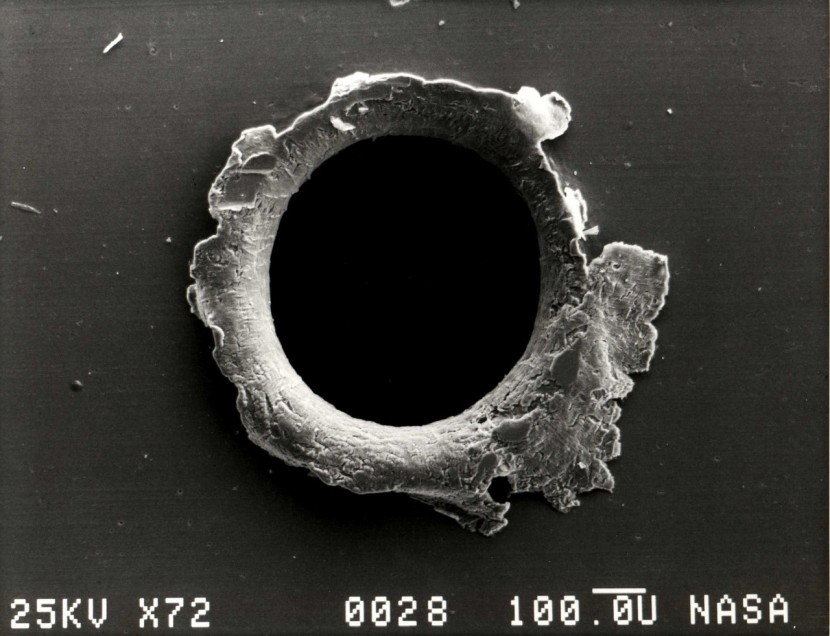
An innovative shock-absorbing material that can resist a projectile impact that travels at the speed of sound.
Shock-Absorbing Material Resistant to Supersonic Impact
Scientists have developed and trademarked a ground-breaking material that can survive being struck by supersonic projectiles, which can then innovate the defense and planetary science industries, reported SciTech Daily.
The discovery was made by a group from the University of Kent, headed by Faculty members Ben Goult and Jen Hiscock. It is known as TSAM, quick for Talin Shock Absorbing Material, and this innovative family of nutrient substances is the first known example of a SynBio (or synthetic biology) material that can endure effects from high-speed projectiles.
This opens up the possibility for such advancements as a shock-absorbing material in next-generation bullet-resistant armor plating and projectile capture materials to allow the research of hypervelocity effects in space and the earth's atmosphere (astrophysics), noted Techno Explorist.
High-Speed Projectile Impact
Professor Ben Goult asserts that their study on the protein talin, which also serves as the body's natural shock absorber, has revealed that this molecule includes several binary switch areas that bend back into each other once tension is exerted and open once applied under strain in projectile impact. Its reaction to tension gives talin the durability to absorb damage, allowing human cells to resist large forces with no problem.
He added once the talin had been transformed into a polymer that had a result of being able to absorb shock with several characteristics at the speed of sound. These talin monomers gave the substance amazing properties.
Talin Shock Absorbing Materials
Next on the agenda was testing to see if the performance of TSAMs would stack up. Putting the hydrogel in its tracks via hitting it with projectiles traveling at 3,400 mph a second is a faster speed in a space impact like both natural and speed generated from firearms that is about 900- 2,200 mph per second.
Moreover, the group found that TSAMs could not only soak up the effect of basalt particles (~60 µM in diameter) but also bigger pieces of aluminum flying debris and retain these projectiles post-impact.
Existing body armor consists of a ceramic face supported by a fiber-reinforced composite, which is heavy and bulky. However, while this armor can stop bullets and metal fragments, it cannot stop the angular momentum that can come from behind blunt armored trauma, citing the Head Topics.
Moreover, the above form of armor is often irreparably harmed upon impact because of altered structural stability, stopping use whatsoever. It means making the integration of TSAMs into new body armor styles a possible option to such old techniques, offering a lightweight, longer-lasting body armor that also protects the person wearing it against a wider variety of injury problems, such as those caused by stress.
In the aviation industry, where energy-dissipating resources are needed for collecting data on space junk, space dust, and meteoroids for further scientific analysis, TSAMs are also helpful since they can grab and retain projectiles upon impact.
The next generation of shock-absorbing materials suffers projectile impact at the speed of sound with better results than ordinary armor.
© 2025 HNGN, All rights reserved. Do not reproduce without permission.








